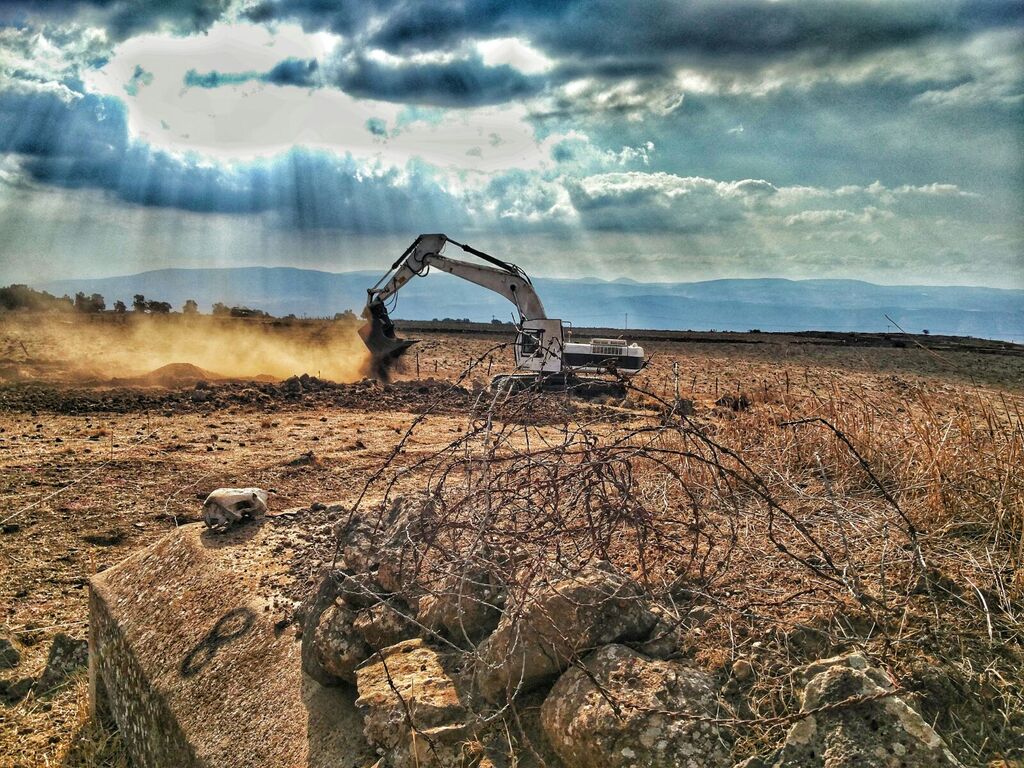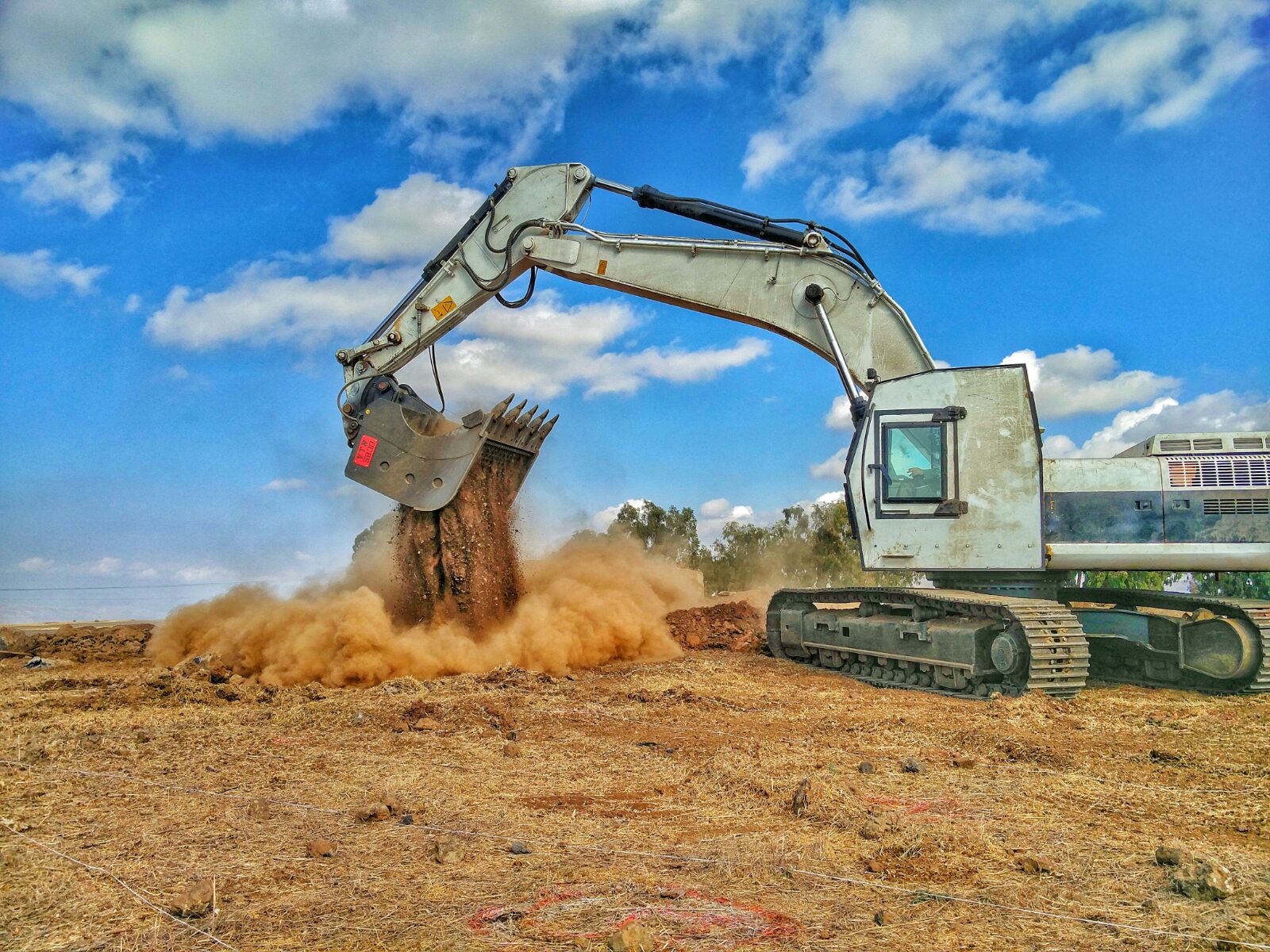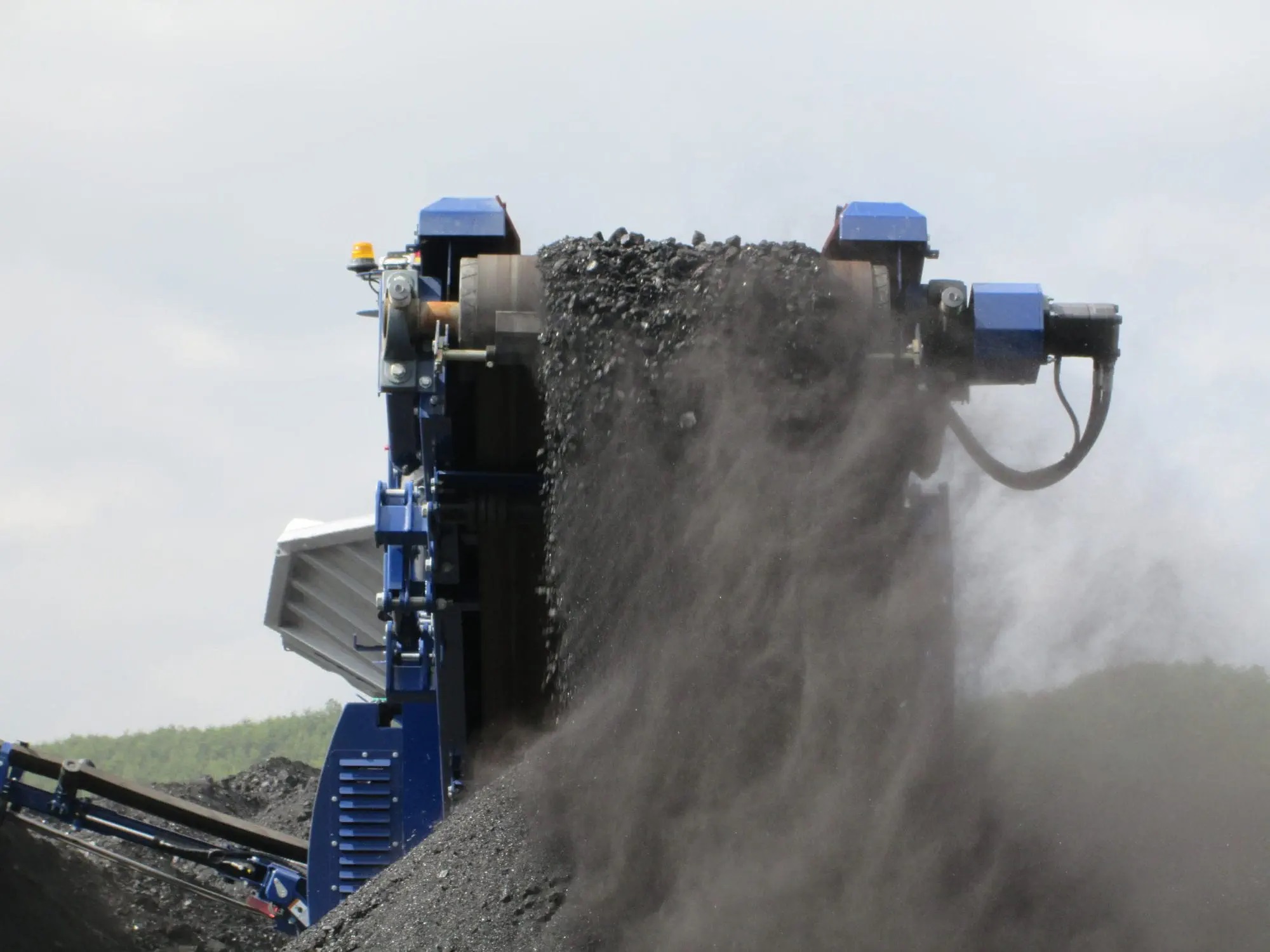
September 25, 2023
Waste on construction sites: crushers and buckets for "smart" disposal
#demolition #crusher #recycling #waste disposalWaste on construction sites: from problematic materials to precious resources in the construction idustry thanks to crushers and recycling buckets.
The waste disposal on construction sites deriving from construction and demolition activities is an always a focus topic especially in recent years due to the increasing trend in ecological transition and circular economy. A fundamental role is played not only by regulations but also by treatment technologies and on site waste management. The hope is to pass standardized practices in reuse of the resulting recovered materials.
The perfect context
 A strong demand for building materials on one side and an increasingly difficult in the availability of raw mate-rials and their costs lead to the need for rapid reuse of waste. Management and recycling of waste from con-struction and demolition plays an important role.
These materials must be classified as special waste and are therefore subject to strict regulations regarding their management and the possible reuse. In Italy approximately 40 million tonnes of inert waste are pro-duced annually from demolition works. Their disposal should take place through the transfer to an authorized landfill. At the same time the search for virgin inert material from quarries has become progressively more dif-ficult due to increasingly restrictive policies adopted by local administrations regarding extractive activities in order to protect their territory. Lack of controls on illegal disposal, higher costs for legal waste such as the ones for transport and lack of authorized landfills for recovery and recycling are all elements that push to-wards more efficient treatment and possible recycling of resulting materials.
A strong demand for building materials on one side and an increasingly difficult in the availability of raw mate-rials and their costs lead to the need for rapid reuse of waste. Management and recycling of waste from con-struction and demolition plays an important role.
These materials must be classified as special waste and are therefore subject to strict regulations regarding their management and the possible reuse. In Italy approximately 40 million tonnes of inert waste are pro-duced annually from demolition works. Their disposal should take place through the transfer to an authorized landfill. At the same time the search for virgin inert material from quarries has become progressively more dif-ficult due to increasingly restrictive policies adopted by local administrations regarding extractive activities in order to protect their territory. Lack of controls on illegal disposal, higher costs for legal waste such as the ones for transport and lack of authorized landfills for recovery and recycling are all elements that push to-wards more efficient treatment and possible recycling of resulting materials.
A possibile way
The constant increase in landfill disposal costs are pushing the development of systems aimed at treating con-struction and demolition waste for at least 20 years. Disposers of inert are committed to separate the most dangerous components and sending the remaining part to less expensive landfills. This by recovering other materials to be recycled. All this was made possible by the introduction of both fixed and self-propelled sys-tems for the crushing and screening of waste materials, and numerous models of equipment dedicated to the primary selection of materials. Hydraulic equipment such as crushing buckets intended for installation on ex-cavators or handling machines are some example. The C&D waste recovery plant should be able to separate the incoming material basically into three flows: the stone material that can be used again (95%); the metallic fraction (0.1%); the unwanted fraction (paper, plastic, wood, impurities).
The first steps to obtain a good quality product starts from control of the incoming material followed by a preliminary separation of the fine fraction (which is not sent for crushing) and the granulometric reduction (crushing). After that is separation of metals, refining and removal of light fraction. The critical phase of the entire process is crushing. The most negative impact on the environment are the production of dust and noise emissions. Appropriate dust and noise containment measures must be adopted at all stages of the process. By recycling construction and demolition waste it is possible to produce a material that can replace virgin raw material at least for less noble uses such as the creation of road foundations, foundations for industrial ware-houses, road superstructure and recovery of inner city areas for social purposes through morphological re-modelling.
Fixed and self-propelled crushers
 Fixed treatment and recycling plants are now designed adopting very advanced technoligical solutions and are able to guarantee a homogeneous granulometric controlled inert material, totally free of non-inert compo-nents which can be used for reuse in various applications in particular for substrates and fillings. This type of plant is usually characterized by standard solutions for the crushing, screening and iron removal phases, while the light fraction selection phase can vary depending on the level of recycling that is intended to be pursued. The self-propelled groups inspired by traditional quarry aggregate crushing plants mainly allow the volumetric reduction of the individual elements introduced into the plant. Thanks to appropriate optional equipment they can also guarantee an adequate granulometric assortment of the materials exiting the treatment, and the clearing of non-inert fractions. Such type of plant offers the advantage of reducing any transport costs in the case of on-site reuse, an operation which requires an appropriate evaluation of the characteristics of the ma-terials themselves in order to reintegrate them into the production cycles.
Fixed treatment and recycling plants are now designed adopting very advanced technoligical solutions and are able to guarantee a homogeneous granulometric controlled inert material, totally free of non-inert compo-nents which can be used for reuse in various applications in particular for substrates and fillings. This type of plant is usually characterized by standard solutions for the crushing, screening and iron removal phases, while the light fraction selection phase can vary depending on the level of recycling that is intended to be pursued. The self-propelled groups inspired by traditional quarry aggregate crushing plants mainly allow the volumetric reduction of the individual elements introduced into the plant. Thanks to appropriate optional equipment they can also guarantee an adequate granulometric assortment of the materials exiting the treatment, and the clearing of non-inert fractions. Such type of plant offers the advantage of reducing any transport costs in the case of on-site reuse, an operation which requires an appropriate evaluation of the characteristics of the ma-terials themselves in order to reintegrate them into the production cycles.
The recycling bucket
The on-site treatment of waste materials in terms of saving on landfill costs and the possibility of their direct reuse on site represents also a boost for those equipment able of demolishing and at the same time guaran-teeing an initial selective action on the rubble . We are referring to crushing buckets. Hydraulic attachments typically powered by excavators in the larger models but also to skid loaders belonging to the lighter segment which offer some appreciable advantages despite certainly lower hourly productivity and limitations in the size and type of material that can be handled. They can be managed like any other equipment installed on an operating machine and are valid solutions also from a flexibility point of view as they allow different granu-lometry only with few precautions and easy replacement of components.




